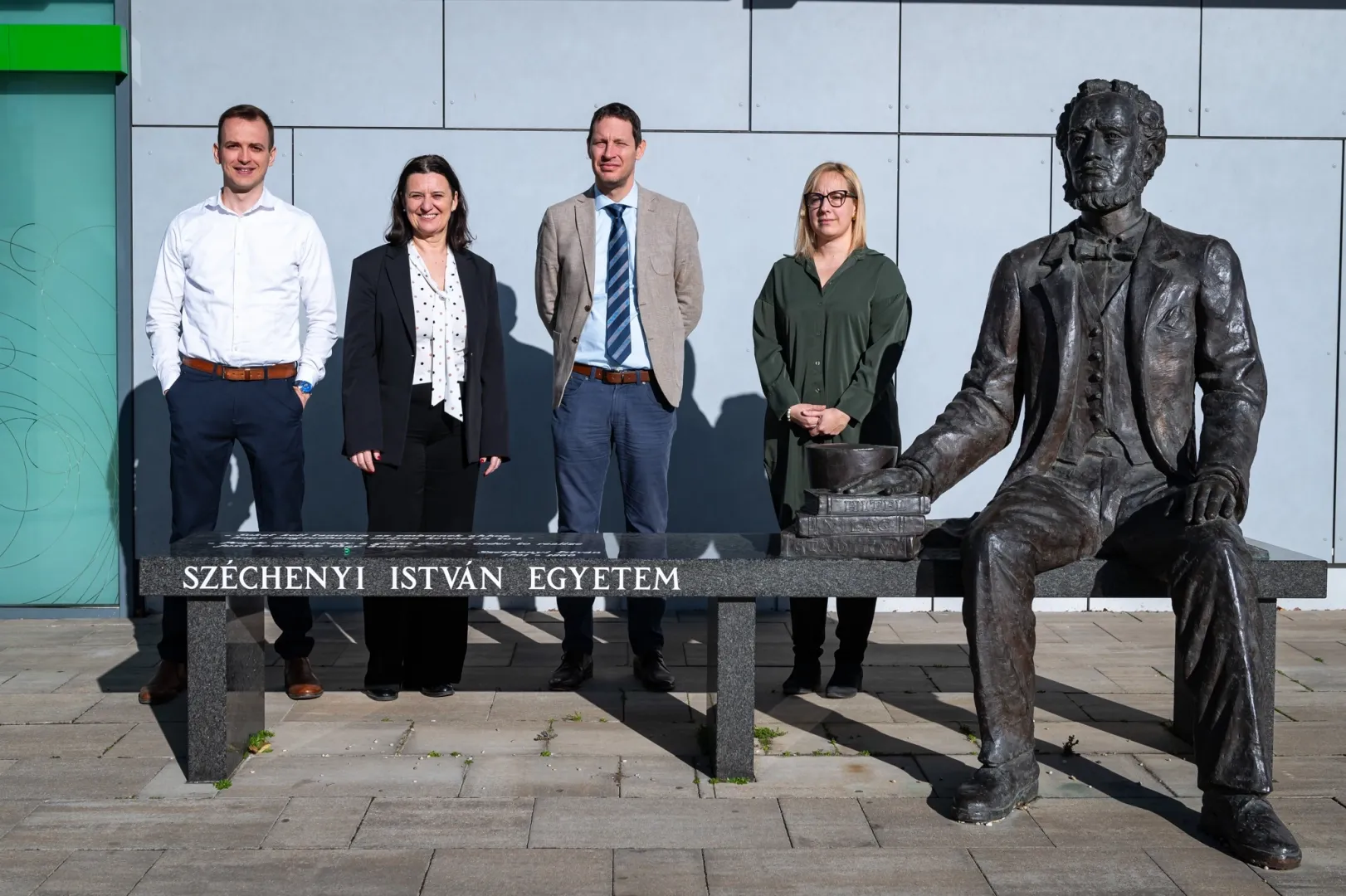Towards the future with new teaching methods

The Széchenyi István University has organized its training development conference for the third time, aiming to showcase educational innovations and outline future directions. The event covered topics such as the advantages of the university ecosystem, the role of competency assessments, project-based education, and initiatives supporting student socialization.
The institution places great emphasis on aligning its programs with labor market demands and providing students with up-to-date, practical knowledge. To this end, it has launched a long-term reform program, continuously improving its curricula and methodological tools. In an effort to enhance the quality of education, the university strengthens its cooperation with industrial and corporate partners and has introduced a project-based training module, which has already been made mandatory in several programs.
The conference also highlighted the importance of competency assessments. First-year students take a test measuring eight key competencies, which they repeat before graduation. This provides valuable feedback for instructors and helps students develop their skills and improve their employment prospects. Additionally, the university has introduced a socialization semester to facilitate new students' integration and support their professional growth.
One of the main directions of training development is strengthening practical education. As part of this effort, the university launched the Student Project Support Program, involving nearly 250 students in project-based tasks. Through these activities, students not only enhanced their professional knowledge but also improved their teamwork, communication, and problem-solving skills. Feedback indicates that the program has been highly successful, with the goal of integrating project-based learning into the curriculum of all programs by 2030.
The university is committed to supporting its students with modern, innovative teaching methods and providing programs that ensure their successful professional careers.
The full article is available on the University's homepage.
Photo: Máté Dudás





